Home » Medical Beds
Home » Medical Beds
Medical beds, also called home care beds, or home hospital beds are designed for the comfort and well-being of people who are elderly, disabled, or chronically ill; they are also made for users with limited mobility or for those on bed rest after a hospital stay. They can be used in health care facilities including long-term care and nursing homes, assisted living facilities and outpatient clinics. This type of bed offers variable positions but does not have the extensive controls of a true hospital bed.
In conjunction with a therapeutic mattress, a home medical bed can provide suitable conditions for a patient to be discharged from a hospital sooner. Choosing the correct mattress for a person’s condition may be important in order to prevent pressure ulcers (bed sores). Explore more about mattresses here. There are various names for medical beds including patient beds, healthcare beds, home hospital beds, nursing care beds, nursing beds, care beds, homecare beds, and home care beds.
There are 3 main types of medical beds: manual, semi-electric, and fully electric. There are also options that are more specialized, such as bariatric beds.
Manual beds use hand cranks to raise and lower the head and the foot sections for therapeutic benefits, comfort, and activities such as eating or tv watching and to adjust the height of the bed. These beds are the most economical options and are a good choice for people that do not require frequent repositioning. Hand cranks are typically found at the foot of the bed and require a person that is physically capable to operate.
Semi-electric beds have an electric motor to raise and lower the head and foot portions of the bed. Patients and caregivers adjust the positioning by pressing buttons using a hand pendant. The height of the bed is adjusted manually with a hand crank. Semi-electric beds are ideal for people that do not require the height of the bed to be adjusted often but will benefit from touch of a button positioning. Many semi-electric beds feature battery backup lowering for the head and foot sections in case of an emergency.
Full-electric beds have an electric motor that can raise the head and foot sections of the bed as well as the entire height and positioning of the bed. They are controlled by the patient or caregiver using a hand pendant and do not require the use of a hand crank (unless there is a power outage, but many beds now have a backup battery that would power the bed in emergency situations). Full electric beds often have positions available such as Trendelenburg, reverse Trendelenburg and cardiac chair positions. Full electric beds make it easier for patients to get in and out of bed (lower positions are preferable). They also make it easier for the caregiver to raise the bed to a comfortable height to tend to the patient (higher positions are preferable), or to change linens.
Bariatric beds have a higher weight capacity and often come in wider dimensions. They are typically available for users up to around 600 lb. An example of a bariatric medical bed is the Span Advantage ReadyWide, which expands up to 42″ and has a 650 lb capacity. Bariatric users may want to consider a ceiling lift to facilitate safe transfers.
Medical beds consist of a frame and bed deck. Bed frames are vital for support and stability. Bed decks provide support for the mattress. For medical beds, they typically come in 2 or 3 pieces, so the head section can rise up independent of the foot section and vice versa. They may also have a break in the knee section to lift the knees higher than the hips and feet, or to move into the cardiac chair position (to improve circulation and breathing for people recovering from heart surgery or respiratory illnesses).
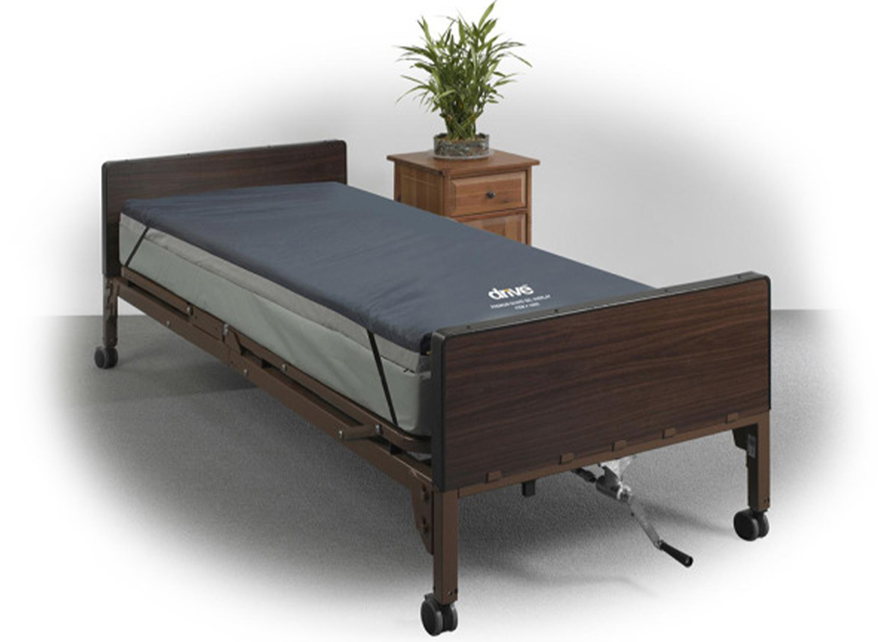
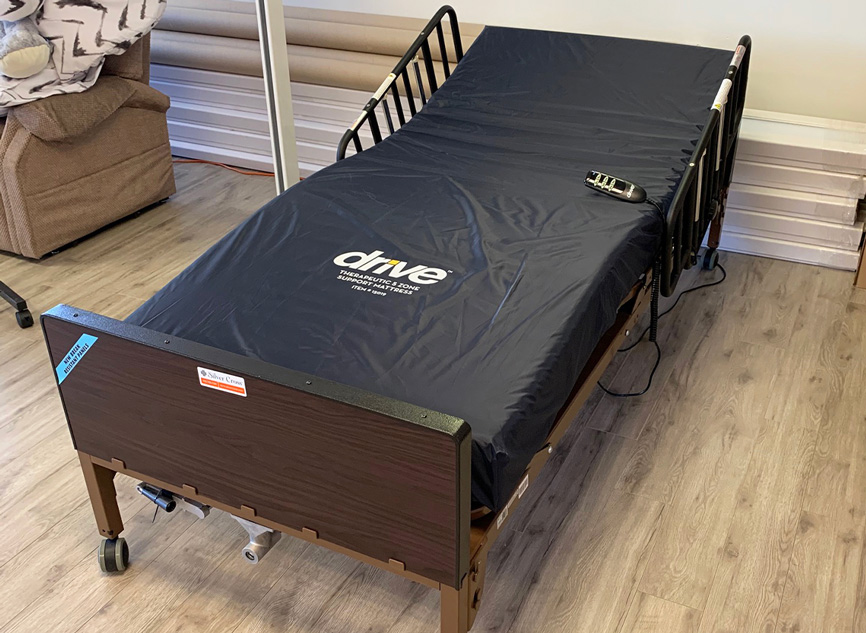
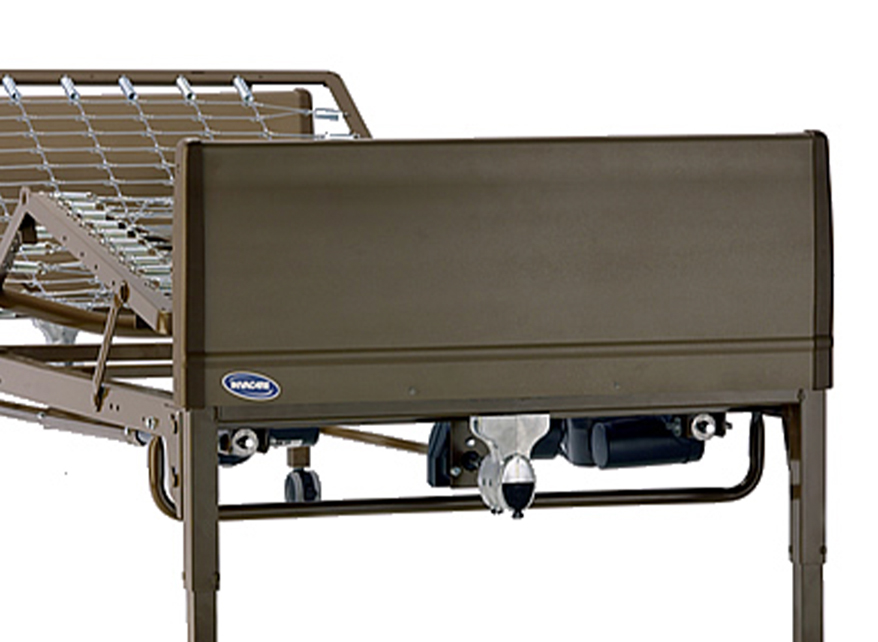
Adjustable side rails/assists
Side rails/assist can facilitate transfers and can prevent patients from falling out of bed. They can be raised and lowered, and some can rotate 90 degrees. The rails should only be lowered when entering or exiting the bed. Half rails are more common than full rails. It is important to note that full rails can be dangerous due to entrapment and are not allowed in certain living accommodations including retirement homes. There are also ¼ and ¾ rails available from some manufacturers.
Controls
Hand controls may be used by a caregiver or patient to operate the bed and other nearby electronic devices, such as a phone or television. Some higher-end models come with footboard attendant controls for caregiver use, which can override the hand controls.
Wheels or casters
There may be wheels or casters at the bottom of the bed legs to make the bed easier to maneuver. The wheels should be locked in place to prevent rolling and to facilitate safe transfers. They should only be unlocked when moving the bed from one area to another.
Sleep surface
Standard medical beds are 36″ x 80″, but some beds include integrated expansion or larger versions for purchase. Some beds come with a therapeutic grid surface for improved air flow and to better support the sleep surface.
Head and foot boards
Head and foot boards are generally durable and easy to clean. Some manufacturers offer different styles and colors of wood to match your home décor.
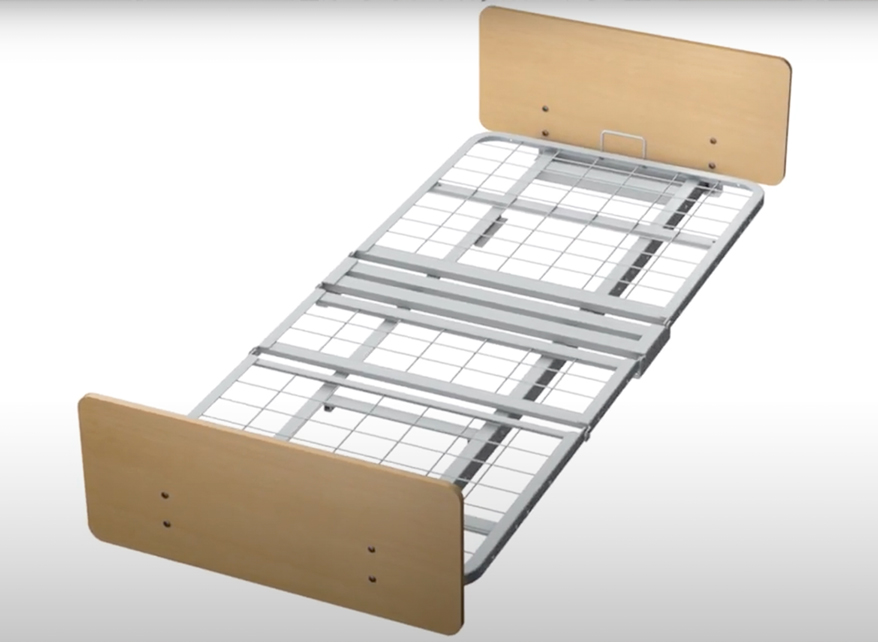
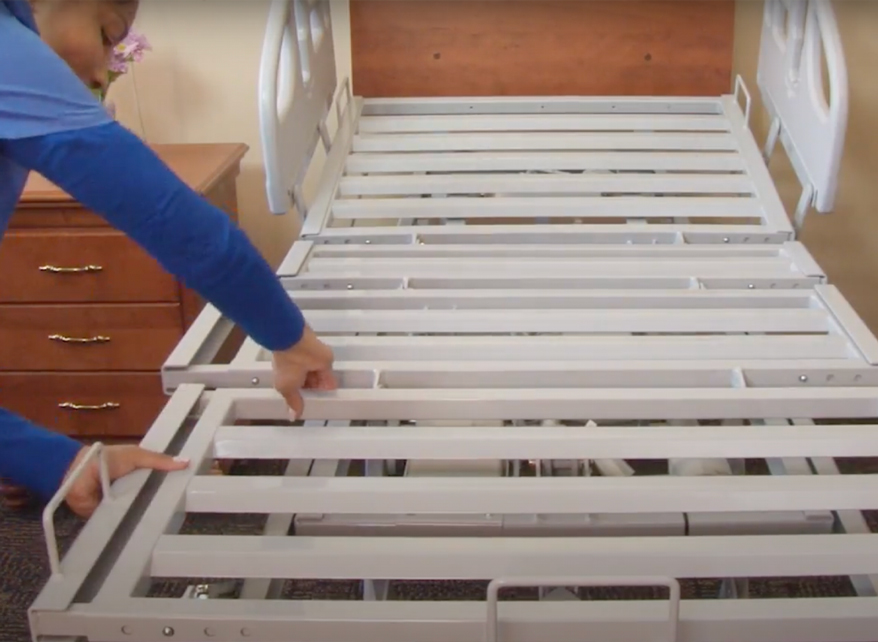
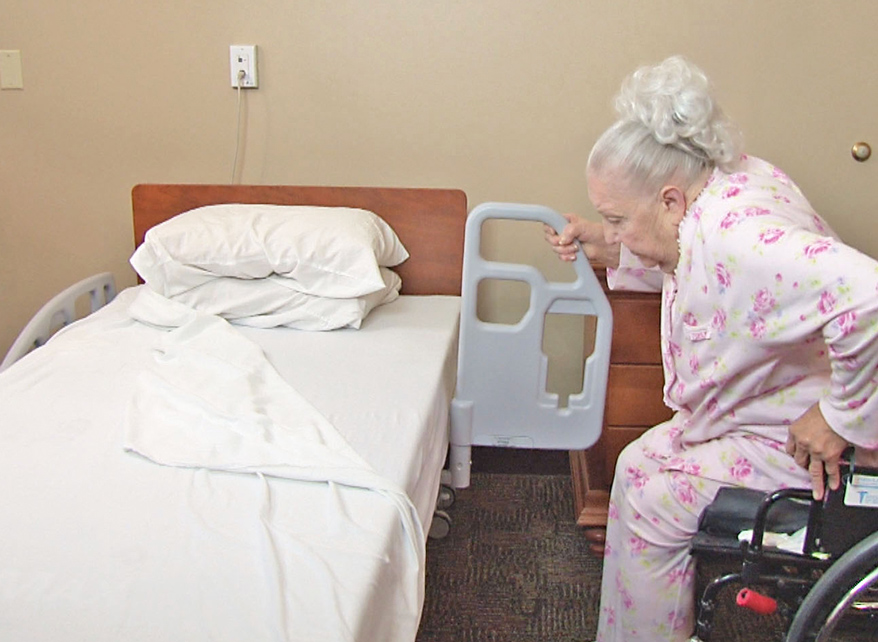
Homecare beds also known as basic beds, are designed for short-term use at home and are usually a more affordable option. Home care beds may be manual, semi-electric, or full-electric. Some homecare beds are entirely spring-based, which is not ideal for use with air mattresses since a heavier user may cause the mattress to sink and can reduce the therapeutic benefits of the mattress. Other homecare beds, such as the Invacare Etude HC, are more expensive but have a solid, rigid frame that is compatible for use with any mattress.
Long-term care beds, also known as extended-use beds, are higher-end, heavy models designed for long-term use in institutional settings such as palliative care. Long-term beds are typically full-electric. They typically come with footboard attendant controls, clinical positioning, more durable locking casters that don’t slide around, lowering sensors, and a sturdier reinforced deck with better airflow. Some long-term care beds come with a CPR valve function, which is a button or lever that lowers and flattens the bed platform and deflates/flattens the mattress to create a surface for CPR administration in case of emergency. An example of a long-term care bed is the Span Encore.
Which mattress should I use with my medical bed?
The best mattress for you will depend on a variety of factors. Learn more about mattress options here.
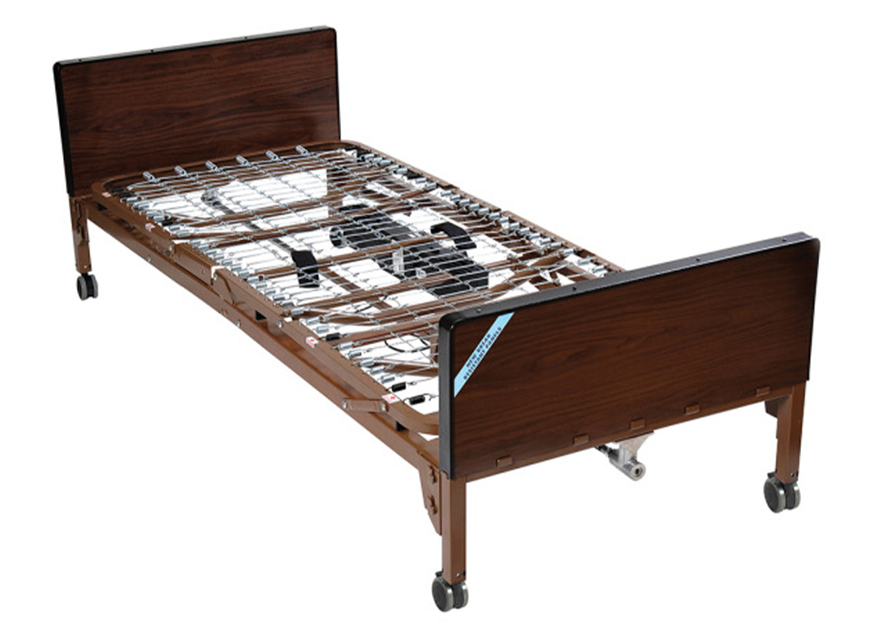
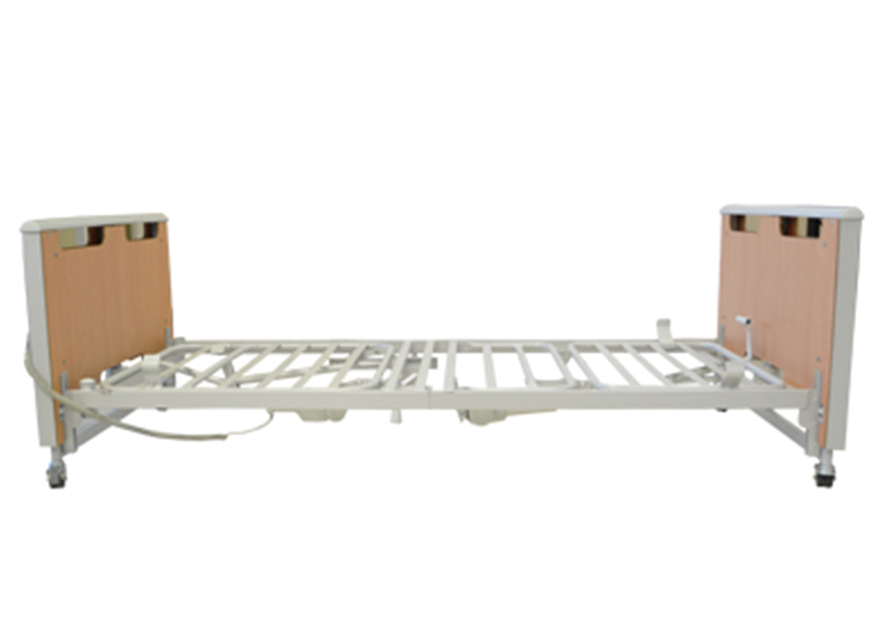
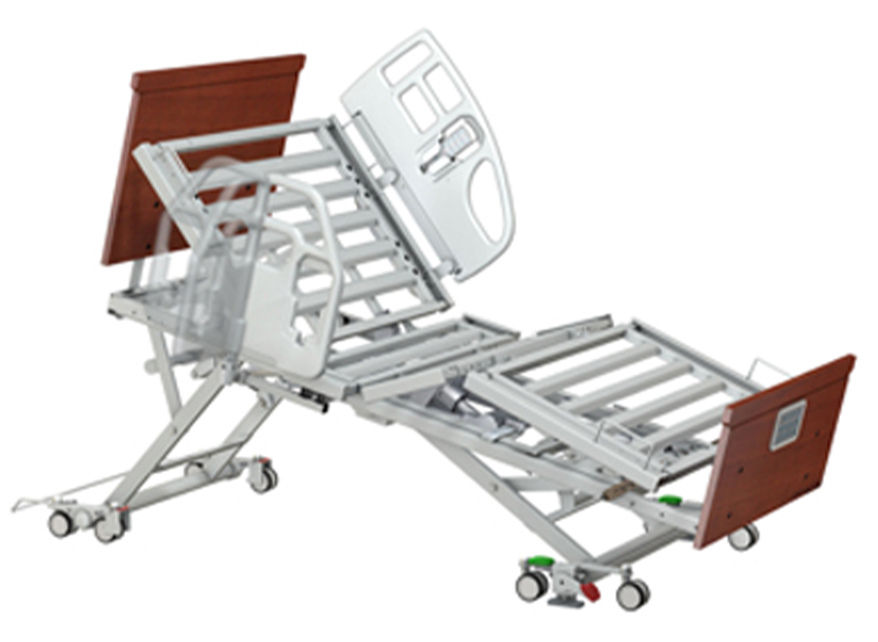
Founded in 1993 when the Internet was just starting to become important in day-to-day life, Silver Cross built its roots as relationship company. It formed partnerships with experienced dealers and installers of stair lifts, elevators and other mobility equipment in order to bridge the gap between the prospective customer and a pre-qualified, knowledgeable local dealer.